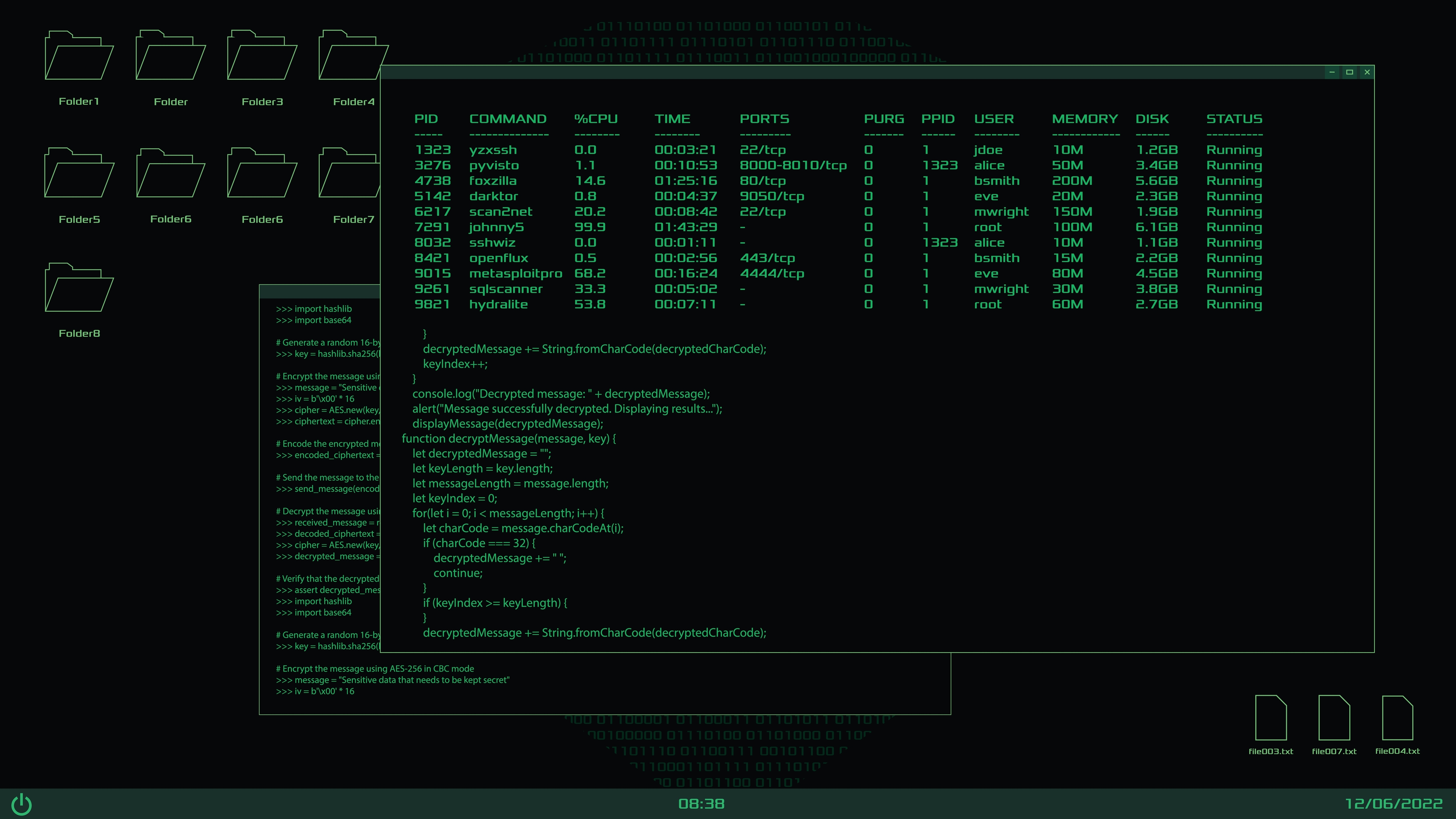Data breaches have become an increasingly common threat to organizations across industries, with the average cost of a breach reaching $4.45 million in 2023, according to IBM’s Cost of a Data Breach Report. The way companies communicate during these crises can mean the difference between maintaining customer trust and suffering long-term reputational damage. Recent high-profile incidents at major organizations like Jaguar Land Rover, Oracle Cloud, and various healthcare institutions provide valuable lessons for PR teams and security professionals. This comprehensive analysis examines successful crisis communication strategies, notable failures, and industry-specific approaches to breach response.
PR Overview
The Golden Hour: Timing and Initial Response
The first 24 hours following a breach discovery are critical for establishing trust and controlling the narrative. According to a 2023 Ponemon Institute study, companies that detected and contained a breach within 200 days saved an average of $1.12 million compared to those that took longer.
When Frederick Health discovered unauthorized access to their systems in late 2024, they immediately activated their incident response plan. Within hours, they had notified affected patients and established a dedicated hotline for inquiries. This swift action earned praise from security experts and helped maintain patient trust.
In contrast, SpyX’s delayed response to their 2024 breach led to increased media scrutiny and customer backlash. Their initial silence created an information vacuum that journalists and social media filled with speculation, making subsequent damage control more difficult.
Components of Successful Breach Communications
Clear and Transparent Messaging
Community Dental Care’s response to their December 2024 breach demonstrates effective crisis communication. Their initial press release included:
- Specific details about the type of data potentially exposed
- A timeline of the incident discovery and response
- Clear steps affected individuals should take
- Regular updates as new information became available
This approach helped maintain transparency while avoiding panic among affected patients.
Proactive Stakeholder Engagement
The most successful breach responses involve early engagement with multiple stakeholder groups. Oracle Cloud’s handling of their 2025 ransomware incident provides an excellent example. They:
- Established direct communication channels with affected customers
- Provided regular updates to security researchers
- Maintained open dialogue with regulatory bodies
- Engaged proactively with media outlets
This multi-channel approach helped control the narrative and demonstrate commitment to resolution.
Learning from PR Failures
Case Study: The JLR Silence
Jaguar Land Rover’s response to their March 2025 breach illustrates common PR pitfalls. Their initial strategy of minimal communication backfired when:
- Affected customers discovered problems before official notification
- Media outlets began reporting unconfirmed details
- Competitors used the information vacuum to highlight their own security measures
The company’s eventual statement came too late to prevent reputation damage, leading to a 15% drop in customer trust metrics according to industry surveys.
The Cost of Vague Communication
Hillcrest Convalescent Center’s use of ambiguous language in their breach notification, describing the impact as “limited,” led to:
- Multiple clarifying statements as more details emerged
- Increased regulatory scrutiny
- Loss of patient trust
- Higher long-term recovery costs
Industry-Specific Response Strategies
Healthcare Sector
Healthcare organizations face unique challenges due to HIPAA requirements and sensitive patient data. Frederick Health’s response protocol included:
- Immediate HIPAA breach notification compliance
- Detailed explanation of medical record security
- Partnership with identity protection services
- Regular updates through multiple communication channels
Financial Services
Banks and financial institutions must balance transparency with security concerns. Recent responses show successful strategies:
- Immediate customer account protection measures
- Clear explanation of financial safety nets
- Regular security update communications
- Proactive fraud monitoring services
Manufacturing and Technology
The manufacturing sector faces distinct challenges related to intellectual property and supply chain impacts. Oracle Cloud’s response to their breach demonstrated effective practices:
- Technical detail transparency
- Regular customer impact updates
- Clear timelines for service restoration
- Detailed remediation plans
Regulatory Compliance in Crisis Communication
GDPR Requirements
European Union regulations require specific communication elements:
- Notification within 72 hours of discovery
- Clear description of potential impacts
- Specific steps being taken to address the breach
- Contact information for data protection authorities
HIPAA Compliance
Healthcare providers must follow strict notification guidelines:
- 60-day maximum notification window
- Specific content requirements for notices
- Media notification for large breaches
- Documentation of all communication efforts
Building an Effective Crisis Communication Plan
Pre-Breach Preparation
Organizations should establish:
- Clear communication chains of command
- Pre-approved message templates
- Stakeholder communication protocols
- Media response strategies
Response Team Structure
An effective breach response team includes:
- Executive leadership
- Legal counsel
- PR professionals
- Technical experts
- Customer service representatives
Measuring Response Effectiveness
Key Performance Indicators
Successful breach communications can be measured through:
- Time to initial notification
- Media sentiment analysis
- Customer retention rates
- Regulatory compliance metrics
Long-term Impact Assessment
Organizations should track:
- Brand reputation metrics
- Customer trust indicators
- Financial impact data
- Operational efficiency measures
Conclusion
Effective crisis communication during data breaches requires a balanced approach combining speed, transparency, and regulatory compliance. The lessons from recent breaches demonstrate that organizations must:
- Prepare comprehensive communication plans before incidents occur
- Respond quickly with clear, accurate information
- Maintain consistent stakeholder communication
- Follow industry-specific best practices
- Monitor and measure response effectiveness
Organizations that implement these lessons can better protect their reputation and maintain stakeholder trust during security incidents. The key to success lies in preparation, prompt response, and maintaining transparent communication throughout the crisis period.
Crisis Communications for Beauty Brands
When a beauty brand faces a crisis, the clock starts ticking immediately. Whether it's a...
How PR Shapes Trust in a Post-Hype Blockchain Era
The blockchain industry has weathered multiple storms—from spectacular exchange collapses to...
The Intersection of Corporate Communications and Cybersecurity Messaging
When a cybersecurity incident strikes, the technical breach is only half the battle. The other...




